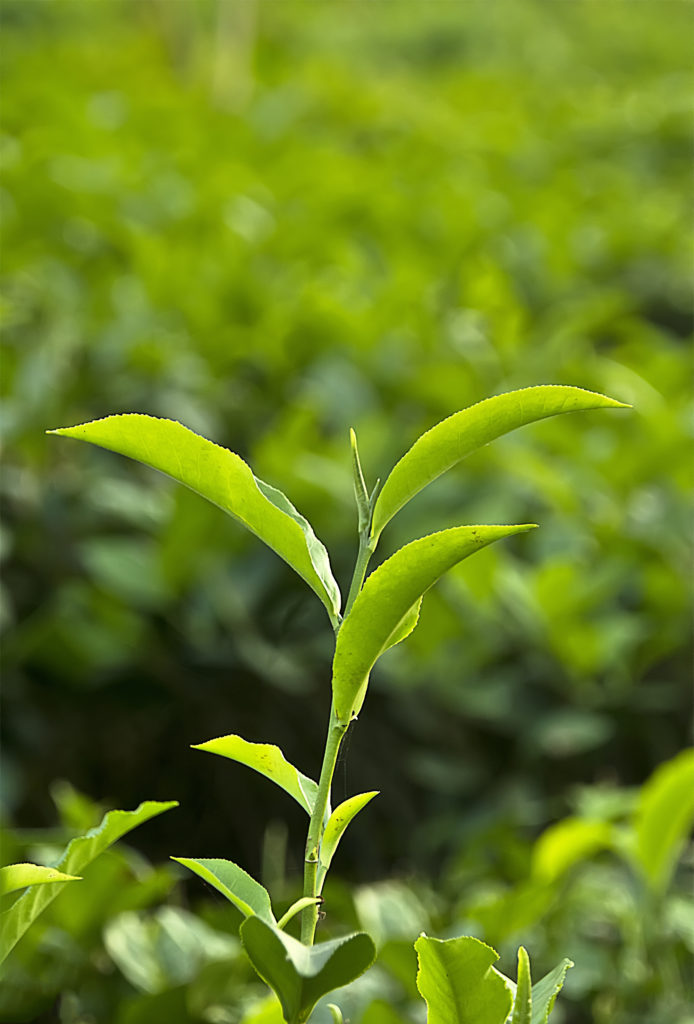Tea is the most popular and celebrated beverage which has been enjoyed throughout the ages.
Around all over the world, there are 2 billion people who drink tea every morning. 3 billion tons of tea is produced worldwide every year for consumption. India is the world’s largest consumer of tea where it consumes 837,000 tonnes of it every year.

In India , there are around 300 species of insects which results in 11 to 55% annual loss in yield. The tea plant is colonized with insects like the bug, thrips, termites, caterpillar, green leafhopper etc.
The current trend of over-reliance on the use of synthetic pesticides in tea crop protection programs around North-East India has resulted in disturbances to the environment, pest resurgence, variation in susceptibility, residue problems in made tea, impedance for natural regulatory agents and lethal and sub lethal effects on non-target organisms, including humans.
These side effects have raised public concern about the use of pesticides. In recent years, the use of pesticides has become a major concern to the tea industry as the countries who are importing are imposing strict restrictions for acceptability of the tea due to pesticide residues.
The infestation occurs when the insects began with eating young leaves of tea, they also damage the entire bushes by completely stripping off the leaves. The field mouse is the common pest in the tea plantation. Tea plantations provide good hiding places to rodents.
The effective control of pests on tea is crucial to make sure of the marketability of this crop. If tea contains residues in excess amount; it will not only affect the export of Indian tea but also will reduce domestic consumption.
An increase of pests has decreased the yield and the quality of Assam tea, while a consequent increase in the use of pesticides has raised the plantation costs as well as a threat to the environment. Under such circumstances, tea has become an expensive crop for a large-scale manufacturer.
Let’s have a look at the evidence,
Arunachal: Mealy bug attack hits tea farmers hard in Siang valley
Tea planters in Siang Valley including East Siang, Lower Siang districts of Arunachal Pradesh and bordering Jonai (Assam), who are already bracing for low production owing to lack of rainfall during summer season this year, have now been hit by mosquito bug menace.
A mosquito-like insect Helopeltis (Helopeltis theivora) commonly known as ‘mealy bug’ has created havoc in gardens along Assam-Arunachal boundary areas since October this year. Tea planters fear that if the pest attack is not controlled, it will severely affect the quantity and quality of production of the region.
Helopeltis infestation has been reported from tea gardens at Oyan, Kemi-Jelom, Ruksin, Nari- Seren, Telam and Dekapam areas along boundary area, which incurred huge losses for tea farmers of the region. Unabated bug infestation has compelled many tea farmers to adopt early ‘pruning’ of tea bushes to get rid of the problem.
We at C Tech Corporation have a unique, effective, and efficient way to tackle these nuisances.
The unique product CombirepelTM manufactured by C Tech Corporation is an insect, animal, and bird aversive which repels the pests.
CombirepelTM works on the mechanism of repellency. It is an extremely low concern, low toxic, low hazard, non-carcinogenic and non-mutagenic pest aversive. It does not kill or cause harm to the pests as well as to the environment which indirectly helps to maintain the ecological balance.
CombirepelTM is available in the form of the masterbatch, which can be incorporated into the polymeric applications like pipes, agriculture mulch films, floating row covers, greenhouse films etc. used for crop cultivation purpose. etc.
The product available in the form of liquid concentrate can be mixed in paints in a predetermined ratio and be applied to the fences in the garden and farms to keep the pests away from these places.
Our product in the lacquer form can be applied topically on the applications. The lacquer is compatible with most of the surfaces like wood, concrete, metal, polymer, ceramic, etc. The lacquer can be applied on the already installed pipes in the fields or garden, fences around farms and garden, walls of the warehouses where the agricultural products are stored, thus protecting it from damage.
Our newly developed product in the form of a spray can be sprayed anywhere to repel the pests. The product is compatible with all types of surfaces and can be used by anyone. The CombirepelTM pest repellent spray is safe to use.
CombirepelTM is thermally stable and does not degrade on exposure to heat and sunlight. It does not kill or harm the insect but repels them. It does not volatilize and does not degrade the soil. It is RoHS, RoHS2, EU – BPR, ISO, REACH, APVMA, NEA compliant and FIFRA exempted.
Contact us at technical.marketing@ctechcorporation.com to keep the pests away and decrease the use of pesticides.
Also, visit our websites:
http://www.ctechcorporation.com/
http://www.rodrepel.com/
http://www.termirepel.com/
http://www.combirepel.com/
Follow our Facebook pages at:
1] https://www.facebook.com/Combirepel-411710912249274/
2] https://www.facebook.com/Termirepel-104225413091251/
3] https://www.facebook.com/Rodrepel-120734974768048/
Follow us on our Twitter pages at:
1] https://twitter.com/rodrepel
2] https://twitter.com/termirepel
3] https://twitter.com/combirepel
